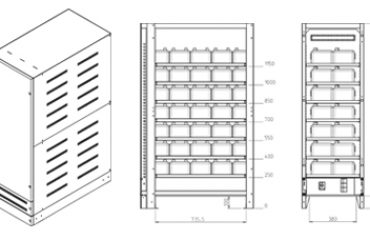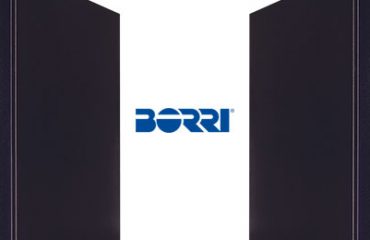CPSS and UPS’s
A central power supply system (CPSS) is a UPS designed with specific features. A CPSS is used to protect emergency and safety systems such as emergency lighting.
The CEI/EN 50171 standard lays down the requirements a UPS must meet in these kinds of applications and introduces different modes of operation and a set of accessories for the CPSS. It also specifies how to carry out periodical operation tests on batteries and how to maintain them.
In the past, emergency lighting was implemented by distributed installation schemes with battery powered lamps, installed where needed.
This had some advantages. First, the system was resilient in case of electrical faults on a single emergency unit. Second, maintenance was carried out on single lamps without disconnecting the others.
In 2001 the European members of the working group officially specified features and performances of this kind of power solution. Eventually, UPS systems could be used as central power supply systems. This confirmed the ongoing trend to protect a part of/all the emergency lighting with the same uninterruptible power supply unit.
This approach has clear advantages. The use of a central power supply system allows traditional lighting to be included in separate lighting circuits. This makes installations possible in particularly wide areas.
In addition, the risk to impacting the availability of the lighting systems for a possible fault is very limited thanks to selectivity, as requested by current electrical standards.
Finally, the maintenance of a centralised system is easier now than in the past, being carried out on just a few of the installed CPSS units.
EN 50171 standard
To be compliant with the standard, the UPS can be used as a CPSS when:
- The UPS has a 120% permanent power overload capability for at least the excepted backup time. The UPS should handle the start-up of a previously shutdown load, within a 0,5 s response time. This complies with the EN 1838 that includes similar parameters for battery powered lighting.
- The UPS is not damaged after a battery polarity reversal caused by a wrong connection.
- The system includes automatic switches to protect the main input line and the emergency line.
- After a complete discharge, the UPS is able to recharge the batteries providing 80% autonomy within 12 hours.
- Batteries are installed at an operating temperature of 25° C, complying with the EN 50272-2 standard, thus preserving them from early ageing. An automatic test device must also be provided for battery status tests. Batteries should have a 10-year life expectancy and their sizing should include a design margin as to guarantee autonomy until end of life.
- A battery charger temperature compensation is provided, following the manufacturer’s advice.
- A deep discharge protection is included avoiding any permanent damage to the system.
Test procedures
The EN50171 provides a set of equipment necessary to field tests and periodical maintenance checks. Central power supply systems for emergency and safety applications should be equipped with test devices for operation and measurement controls.
UPS operation and battery backup time should be checked during the field acceptance tests, ideally on actual load. Then, the correct sizing is also tested as well as the minimum lighting levels as outlined in the EN 1838 standard. Depending on the kind of safety system, authorised personnel are requested to carry out relevant periodical tests.
Discover more about Borri ECS range from 10 to 160 kVA. Download the complete brochure and email us at info@borri.it for any further enquiries.


 Italiano
Italiano  Русский
Русский  Deutsch
Deutsch 

